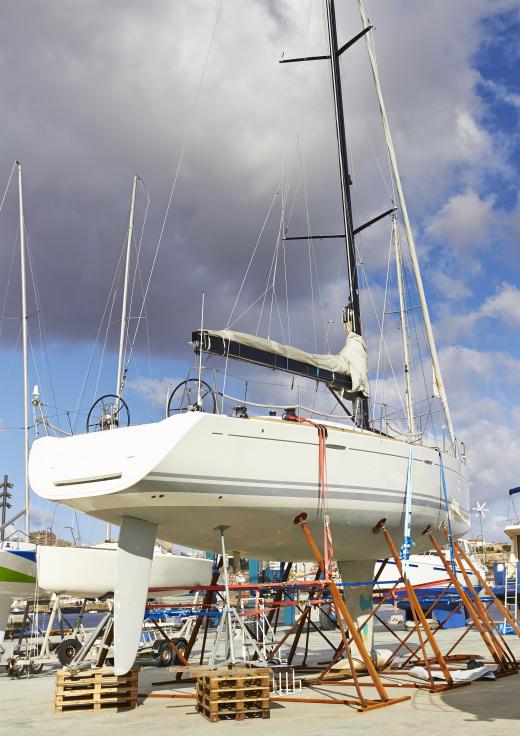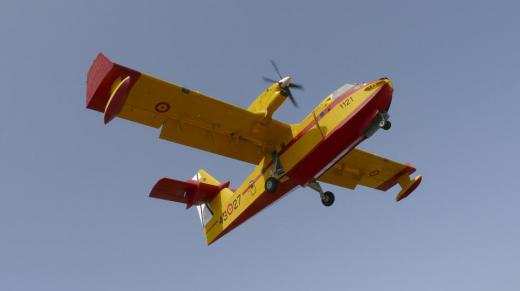In construction, monocoque is the method of using the external structure to support the load. The name literally means "single-shell" and refers to fabricating an external frame into a single unit. Alternative names for this method include unibody, unitary construction, and structural skin. It is useful for significantly reducing an object's weight while maintaining its strength. The single unit design is widely used in car chassis, boat hulls, and airplane fuselages.
Monocoques were first used in automobiles, but were developed extensively by the aeronautics industry. Prior to the 1930s, most airplanes were built with a full internal frame. This resulted in a heavy fuselage. Advancements in technology allowed the use of lighter and stronger materials for the aircraft's surface that could still carry the majority of cargo. The more durable exterior eventually replaced the heavy frame.

Adaptation of the monocoque frame was further influenced by the development of high performance engines. These engines were capable of reaching faster speeds and higher altitudes. This created a need for airplanes that could withstand increased velocity and cabin pressure. Structural skin made from aluminum was found to be suitable for the aforementioned conditions and was incorporated in most aircraft designs.

Materials such as fiberglass and carbon fiber are typical components in high-end monocoque frames. The materials have relatively high strength-to-weight ratio, making them adequate for lightweight vehicles like bicycles, gliders, boats, and race cars. Their ability to conform to sophisticated shapes also makes them ideal for monocoque construction.
Buildings can integrate several principles of monocoque architecture in their design. It provides more space inside the structure by removing load bearing pillars. Structures can also be built with relatively fewer materials. Domes and other complex structures are realized by applying the same techniques.
Monocoque shells have an added benefit of increasing the degree of safety in automobiles. The single unit construction efficiently absorbs impact and spreads the energy around the chassis. In Formula 1™ racing, the car's cockpit functions as a strong monocoque structure. It makes the driver more likely to survive crashes that might occur in a race.
The egg is a perfect example of monocoques in nature. Its shape and shell give the egg ample specific strength. Conversely, the brittle shell illustrates the common disadvantage in using a monocoque design.
Since a monocoque body relies mostly on the continuous surface to carry the load, any damage on the exterior can compromise the integrity of the structure. Repairs and modifications are often difficult, as the body is not generally made of replaceable parts. Some airplanes offset this by using a semi-monocoque fuselage and reinforcing vulnerable parts.
